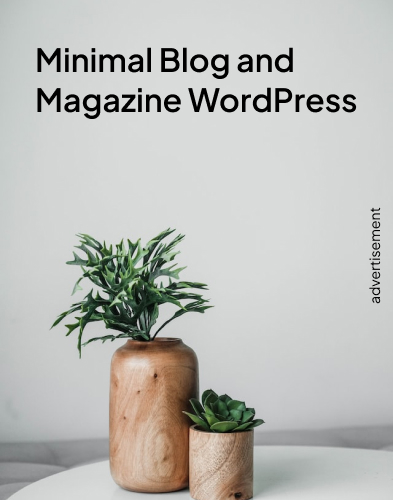Heartbeat of Farewell: Irish Wake Traditions Through a Celtic Lens

As a man whose heritage straddles the misty Scottish Highlands and the rolling hills of Ireland, I’ve long been captivated by the profound humanity of Irish wake traditions. These rituals—steeped in ancient Celtic spirituality and communal resilience—transform grief into a shared journey. Rooted in the belief that death is a threshold, not an end, Irish wake traditions blend solemnity, storytelling, and even laughter, creating a tapestry of remembrance that binds generations.
Read more like this on: Culture & Tradition
Ancient Origins: Pagan Vigils to Christian Adaptations
Long before Christianity shaped Ireland’s spiritual landscape, Celtic pagans held tórramh (wakes) to guard the soul as it journeyed to the Otherworld. The body was kept at home for three days, surrounded by kin who sang, feasted, and told stories to guide the departed. Mirrors were covered to prevent spirits from lingering, and windows were opened to release the soul—a practice still observed in rural Ireland.

With the arrival of Christianity, wakes absorbed new layers of meaning. Priests led rosaries, but pagan undertones persisted: clay pipes filled with tobacco were passed to ward off evil, and “keening” women (bean chaointe) wailed poetic laments. In Scotland, similar customs emerged, such as the lyke-wake, where families kept vigil until burial to ensure the deceased wasn’t taken by fairies—a nod to shared Gaelic folklore.
Rituals of Remembrance: Symbols and Superstitions
Every gesture in a traditional Irish wake carries symbolic weight. Clocks are stopped to honor the moment of death, and coins placed over the eyes reflect ancient beliefs in paying the “ferryman” to the afterlife. In Scotland, a plate of salt was once placed on the corpse’s chest to purify the soul, while chairs were overturned after the coffin’s removal to deter ghosts.

The caoineadh (keening), a visceral blend of song and sorrow, was central to Irish wakes for centuries. Though rare today, its echo lives in modern eulogies and the uisce beatha (“water of life”—whiskey) shared among mourners. Similarly, Scottish bagpipers play Flowers of the Forest at funerals, a lament dating to the 16th century that still stirs hearts at military memorials.
Community as Medicine: Feasting, Stories, and Shared Sorrow
At its core, the Irish wake is a communal act of defiance against despair. Neighbors arrive with soda bread, stews, and pots of tea, while the deceased’s home becomes a stage for storytelling. Tales of the departed’s mischief, kindness, or stubbornness blend tears with laughter—a practice mirrored in Scotland’s dredgy feasts, where whisky and song soften grief’s edge.
Studies suggest that such collective mourning rituals reduce prolonged grief by fostering connection. In Ireland, it’s said, “A burden shared is a burden halved”—a philosophy embodied in the tradition of filling the grave together, each shovelful a promise to carry the dead forward in memory.
Modern Echoes: Bridging Past and Present
While urbanization and secularism have shifted practices, Irish wake traditions endure in adapted forms. Rural families may still host open-casket wakes, but cities lean toward “celebrations of life” in pubs or community halls. Livestreamed funerals, especially in Scotland’s tech hubs, let global kin partake in real-time. Yet timeless symbols persist: a sprig of shamrock tucked into a coffin or a clansman’s tartan draped over a Scottish casket.
Even the keening tradition sees revival among folk artists, while storytelling remains the wake’s backbone. As my Irish uncle once quipped at a cousin’s wake, “If heaven’s half as lively as this, he’ll never want for company.”
A Personal Reflection: Between Two Cultures
Growing up in a home where St. Brigid’s crosses hung beside thistle motifs, I learned early that death is a bridge, not a void. At my Scottish grandfather’s funeral, pipers played Mist-Covered Mountains as rain soaked the kirk yard—a raw, beautiful moment where grief and pride intertwined. Years later, at an Irish aunt’s wake, I watched her grandchildren dance a jig to her favorite reel, their laughter a testament to her joy-filled life.
These moments, straddling two cultures, taught me that Irish wake traditions aren’t about denying loss but affirming life’s unbroken thread. As Scots Gaelic proverb says, “Cha till mi tuilleadh” (I will return no more)—but in memory, the departed never truly leave.
Conclusion: The Eternal Embrace of Memory
Irish wake traditions are a masterclass in how to grieve—deeply, loudly, and together. They remind us that mourning is not a solitary ache but a collective hymn to those we’ve loved. In a world often uncomfortable with death, these rituals offer a compass: Gather, feast, laugh, weep, and let stories be the anchor that keeps the lost near.










